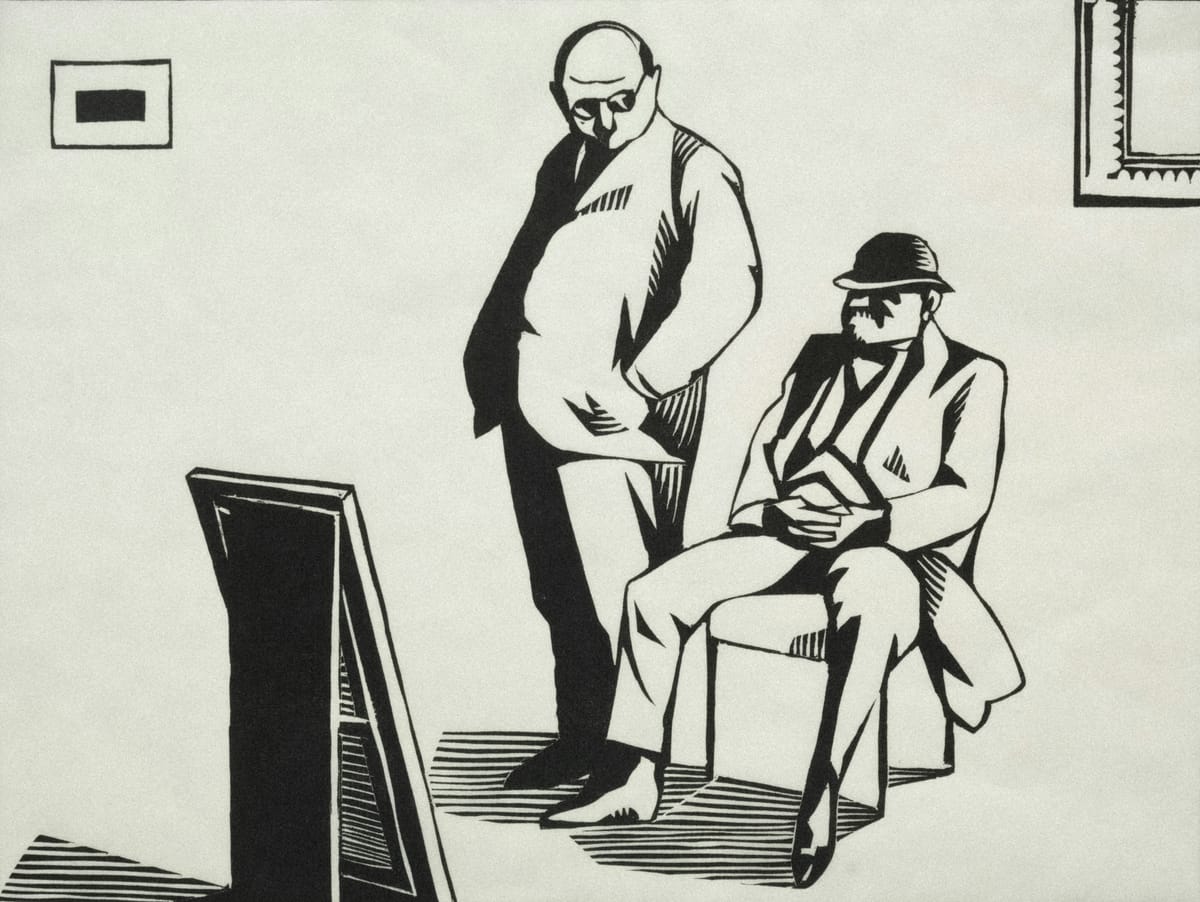Your OTM Credit Spread is now at risk, what do you do?
Credit spreads are one of the most popular options trading strategies around. You collect premium up front, limit your dowside risk and can control your risk/reward on trade entry. What do you do when it goes wrong?

Credit spreads are one of the most popular options trading strategies around. You collect premium up front, limit your dowside risk and can control your risk/reward on trade entry. Generally, traders will either set their credit spreads OTM, providing comfort between the strike price and their risk price with a high chance of success, or ATM to be agressive and structuring a near risk 1 to make 1 payoff opportunity.
However, any options trader knows that we don't get it right every time, and often we're faced with the decision on what to do when a strategy goes against us. Having a plan before the trade is established is key, in line with understanding the dynamics of how the trade functions in the market. Let's break it down:
Know the probabilities of your position
Say you set up your trade by selling a 30 delta put option and buy a 20 delta put as protection, know that the sold leg has a 60% probability of touch... Yes, more than half the time, a 30 delta option gets tested during the life of the contract.
This also means your 20 delta option has a 40% chance of getting tested during the life of the trade, meaning that your whole position is ITM. The math doesn't lie. This doesn't mean not to trade a 30/20 delta credit spread, but understand the market concepts before you enter.
Common Mistake: Credit spreads do NOT operate the same as a single sold option
"Well, of course not Blake, what are you saying? Credit spreads limit risk so I'm protected, sold options have undefined risk" - You,probably, reading this right now.
Very true. But I'm talking about trade dynamics. Just because your spread is a credit spread, does not mean that it's theta positive. Not all credit spreads have time in their favor. Time is only in a credit spreads favor when the legs are out-of-the-money. Once a credit spread moves in-the-money, it becomes a time negative position.
Time is against you for your options to expire worthless, and all things equal, when your credit spread is ITM, all it takes is time to finish max loss for your trade.
This also means that trying to roll an ITM credit spread will cost you a debit, rather than a credit, very different to single leg sold options
How to keep the trade alive?
Hopefully now you understand you can't just keep rolling a bad credit spread trade, a more proactive approach should be consired to keep you in the game.
The best time to roll the tested credit spread is ATM
This will give you more time to be right, very likely to receive a credit for the roll (subject to how long your roll out for and volatility levels), and is where extrinsic value is it's highest. If you need more time, roll when the short leg is ATM.
Can you roll "down and out" like a single leg? You can do anything, options have options, but it's not as appealing as you think. Usually results in a debit, which narrows your profit and increases time for you to be even more wrong. If you feel the need to roll down and out, the credit spread probably wasn't the right trade to begin with.
Solutions
- Close the trade. Take your loss, move on. Easy to say hard to do, I know. But sometimes us traders have to bit their tongue and admit defeat. I've seen so many traders turn 1 small loss into a bloodbath of multileg trades and positions trying to recover - next thing you know their whole portfolio is attached to one large mess of a position. Your view can change, you might have been bullish when you entered the put credit spread, doesn't mean you have to be bullish forever
- Roll for a credit by increasing width of strikes. Still retian your view even when your spread is at risk? Close your current trade and enter a trade with wider strikes. This will increase the chance of a credit in your roll, but also increase your risk. Also changes the dynamic of your planned trade, so be careful. But if your strategy allows it, and you still have conviction, rolling this way can give you another credit and more time for your thesis to be correct.
- Doubling Down. Similar to No.2, if you still have conviction, add contracts to your trade. similar to avereraging into a position, adding contracts when your credit spread is at risk will better your average credit for the trade, providing more profit making opportunities. But also, as you know, more contracts = more risk, never overlegerage yourself on one trade.
- Turn your credit spread into an Iron Condor. Sounds great, heading my position, collecting another premium knowing that only 1 side can lose... Right??? TERRIBLE IDEA. This is making a bad situation worse. This is fundamentally really bad.. If your put credit spread is being tested, then you sell a call credit spread, 1, your thesis has changed 2, if your thesis was right to begin with over time, you just created yourself a losing trade 3, the order of trades is just wrong. If the market was falling should you start with a call credit spread first then trade a put credit spread after it bottoms?
I hope this speaks to the importance of knowing your trade before you enter, and having a plan on how to manage it.
"Plan your trade, then trade your plan" - Someone, likely




